Cats have captivated humans for centuries with their graceful movements and seemingly supernatural reflexes. Whether they’re leaping from incredible heights or darting swiftly to catch a moving object, felines demonstrate a level of agility that seems almost otherworldly. This article dives deep into the biological sciences behind these extraordinary reflexes. We’ll cover intriguing aspects from their anatomy to their unique neural pathways, providing a comprehensive glance at what makes cats such remarkable athletes.
Anatomy of Precision

Cats are built for speed and flexibility, and much of their agility can be attributed to their anatomical structure. Their skeletal framework is lightweight yet sturdy, composed primarily of elongated, flexible bones that allow for a wide range of motion. Unlike many animals, cats have a floating clavicle, which allows them to squeeze through tight spaces effortlessly. This evolutionary adaptation supports their predatory lifestyle, enabling them to stealthily stalk and swiftly capture prey.
The Role of Fast-Twitch Muscle Fibers
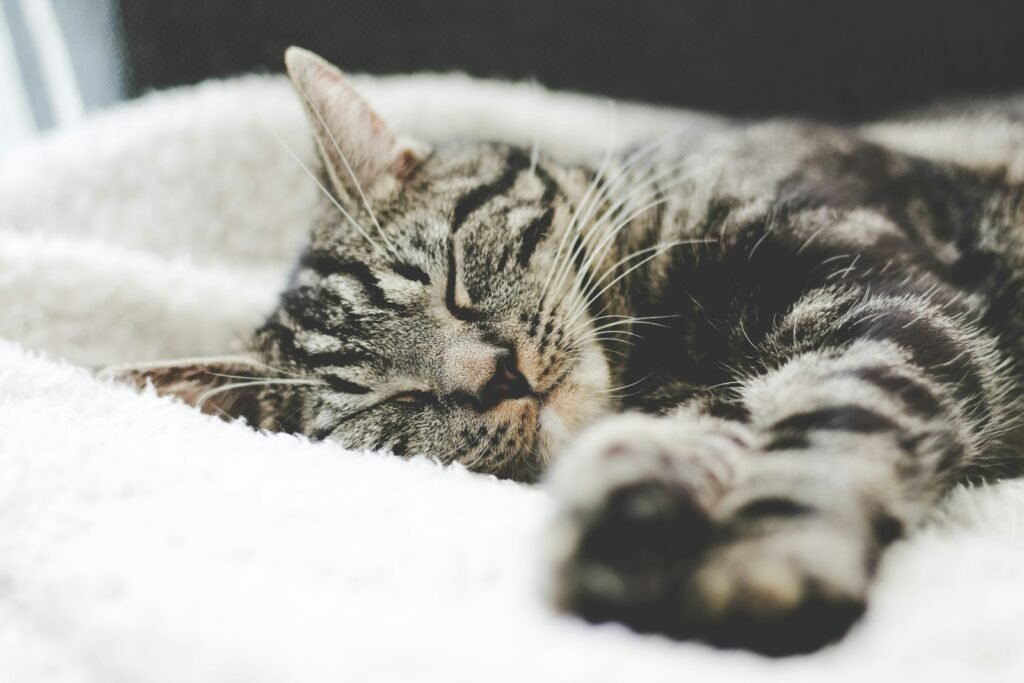
In the world of muscle fibers, cats’ muscles are predominantly composed of fast-twitch fibers. These fibers are vital for short bursts of speed and power, ideal for sprinting and jumping—two actions quintessential in a cat’s life. Fast-twitch fibers enable cats to accelerate rapidly, making them efficient hunters and agile escape artists. This muscle composition significantly contributes to their remarkable reflexes, as they can react and move with incredible speed.
Flexible Spine for Dynamic Movement
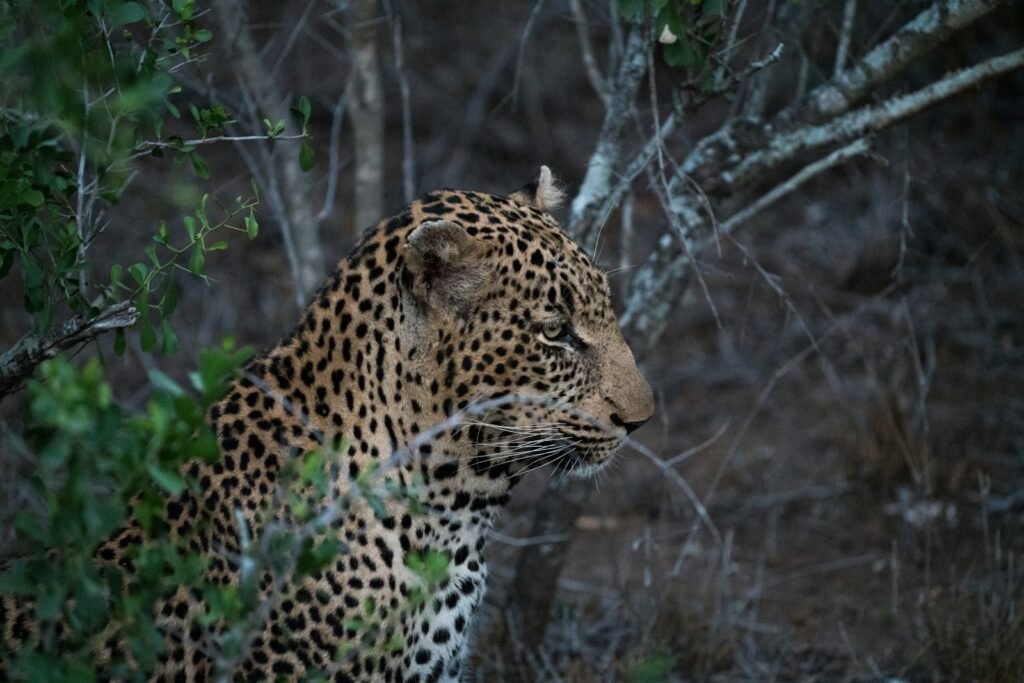
Cats possess one of nature’s most flexible spines, a feature that significantly enhances their agility. Their vertebral column allows an extreme range of motion, acting almost like a spring during jumps and pounces. This flexibility aids not only in dramatic leaps but also in everyday activities, like twisting their body mid-air to land gracefully on all fours, a phenomenon known as the “righting reflex.”
The Biological Marvel: Righting Reflex
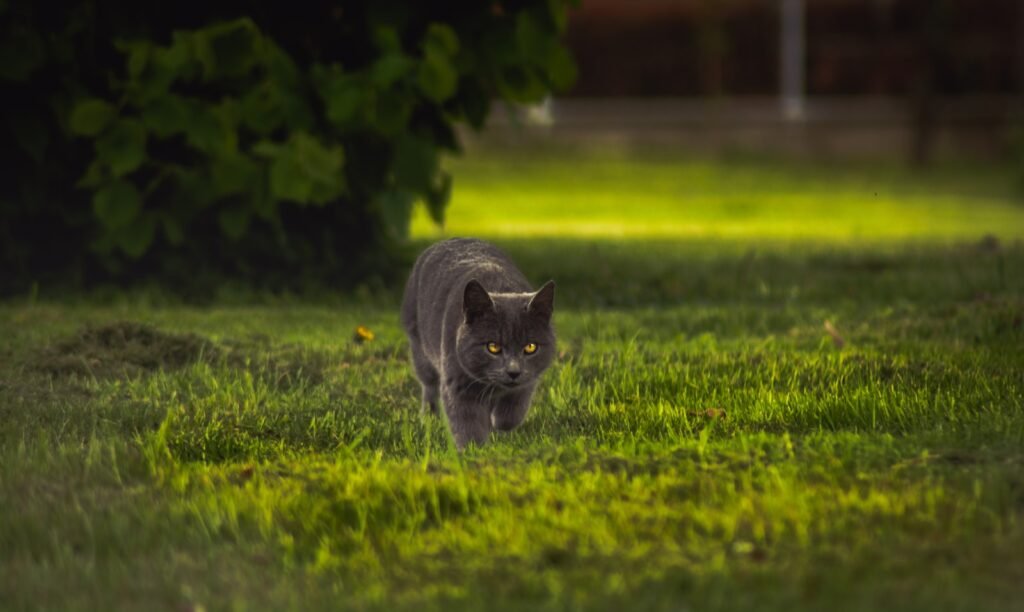
The righting reflex is a testament to a cat’s evolutionary adaptation for survival. Cats can land on their feet almost instinctively, even when dropped from a height. This ability is due to an innate vestibular system, which functions like a high-speed gyroscope in their inner ear. It helps them maintain balance and orient themselves quickly, combining with their flexible spine to make a perfect landing each time.
Keen Sensory Perception
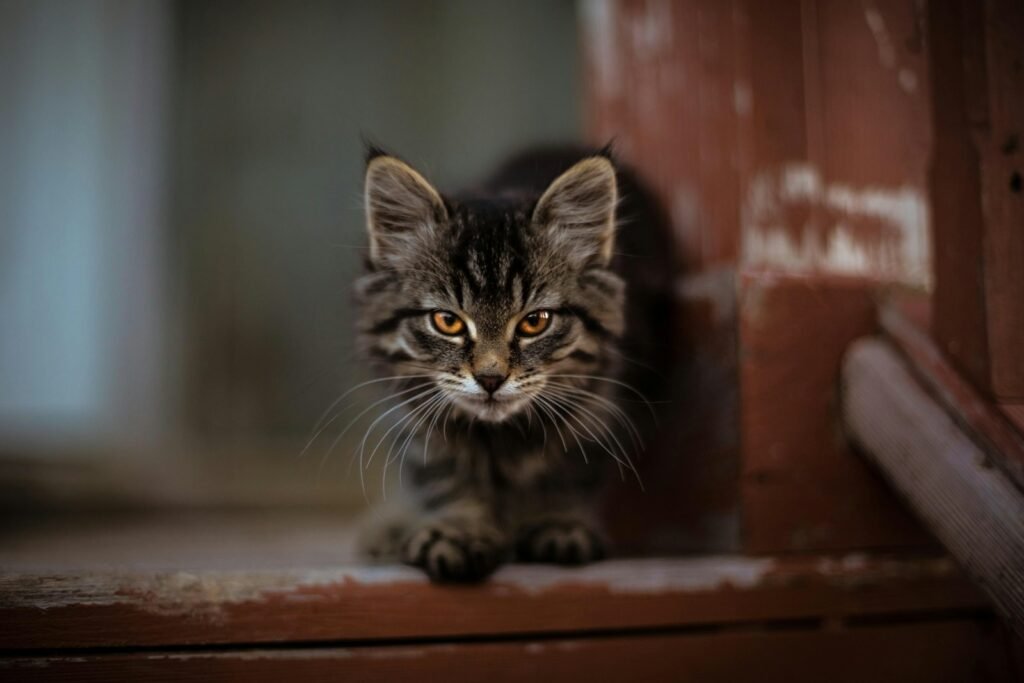
Sensory perception plays a crucial role in a cat’s reflexive actions. Cats possess acute senses that allow them to detect the faintest of sounds, scents, and visual cues. Their whiskers act as tactile sensors, providing critical information about the environment, thus allowing for fluid navigation in darkness or dense areas. Their heightened sensory mechanisms bolster their quick response to changing stimuli, a characteristic vital for both hunting and evading threats.
The Neural Pathways: A Cat’s Reflexive Network
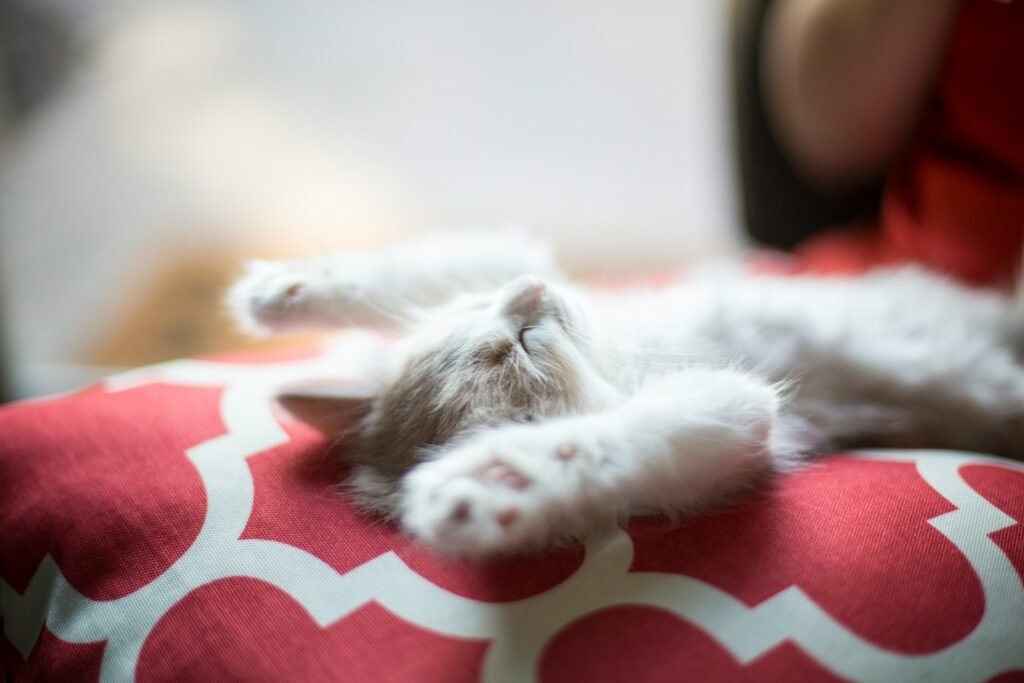
At the core of their reflexes lies an efficiently organized neural network. Cats have a rapid processing ability for sensory input, which is immediately translated into action. Their brains are adept at coordinating complex motor responses, allowing them to make split-second decisions. This neural efficiency ensures that their physical responses are quick and calculated, making them agile hunters.
Pupillary Light Reflex: Bright Eyes at Work
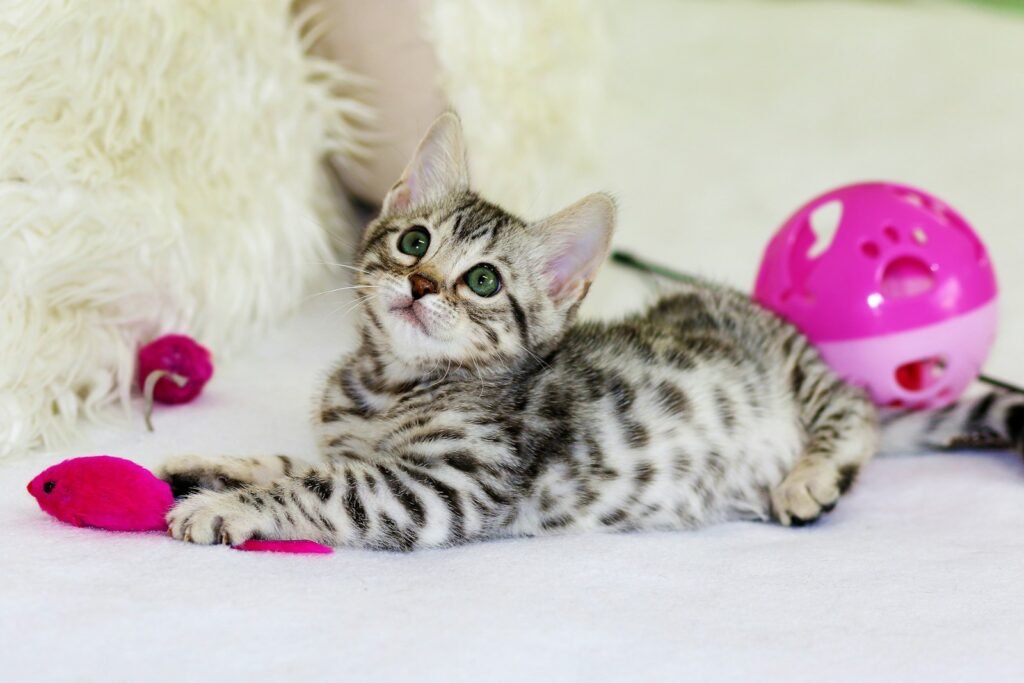
Among the fascinating reflexes cats have is the pupillary light reflex, which allows them to adjust quickly to varying light conditions. Their pupils constrict or dilate rapidly to regulate light intake, enabling optimal vision in low-light or bright environments. This adaptability ensures that a cat’s vision is always primed for detecting movement, crucial for both nocturnal activity and heightened alertness during the day.
Balancing Act: The Role of the Tail
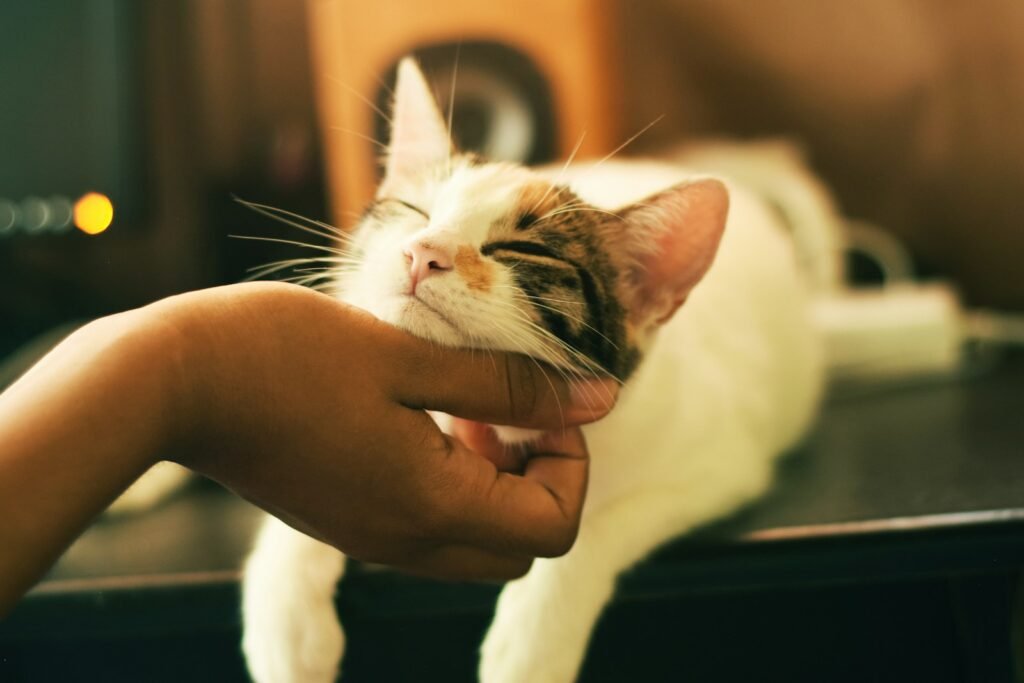
A cat’s tail is not merely for show; it plays an integral role in balance and agility. Acting as a counterweight, the tail helps a cat maneuver sharply and maintain balance while walking on narrow surfaces or making sharp turns. In mid-air, the tail can act like a rudder, helping to stabilize and direct the cat’s body during a jump or fall. This enhances their coordination and flexibility, vital for swift navigation through varied terrains.
Conclusion: Evolutionary Masterclass
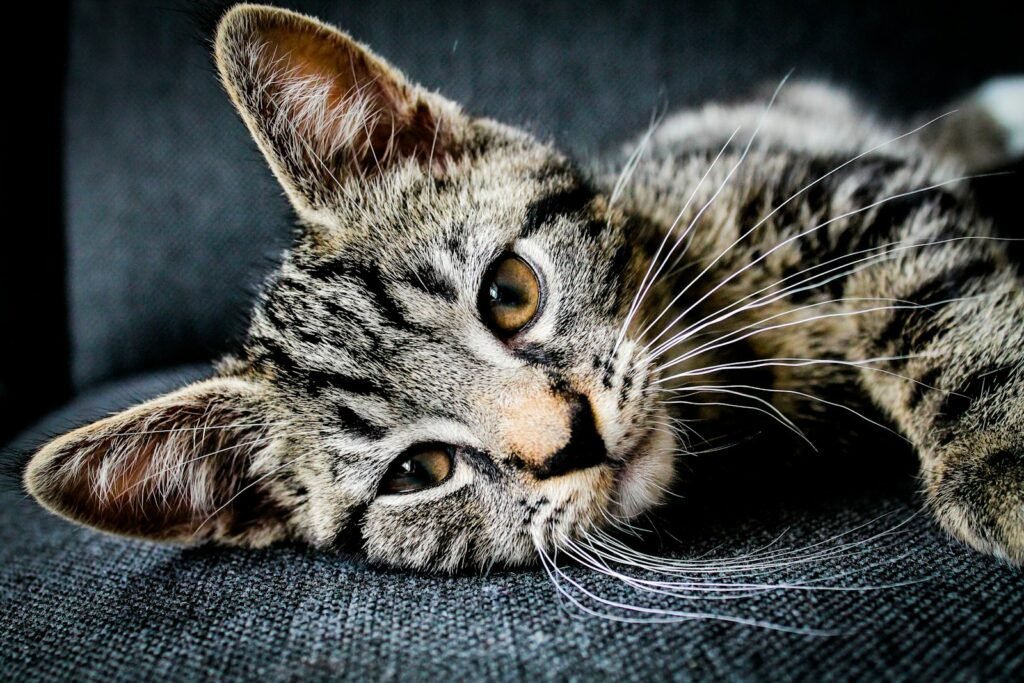
Cats’ extraordinary reflexes are not mere chance but a culmination of evolution finely tuning every aspect of their physical being. From their intricate neural networks to their skeletal structure, every component functions harmoniously to create a creature capable of incredible feats of balance, speed, and precision. Understanding the science behind these reflexes not only deepens our appreciation for cats but also highlights the intricate complexity of nature’s evolutionary processes.
Hi, I’m Bola, a passionate writer and creative strategist with a knack for crafting compelling content that educates, inspires, and connects. Over the years, I’ve honed my skills across various writing fields, including content creation, copywriting, online course development, and video scriptwriting.
When I’m not at my desk, you’ll find me exploring new ideas, reading books, or brainstorming creative ways to solve challenges. I believe that words have the power to transform, and I’m here to help you leverage that power for success.
Thanks for stopping by, Keep coming to this website to checkout new articles form me. You’d always love it!






